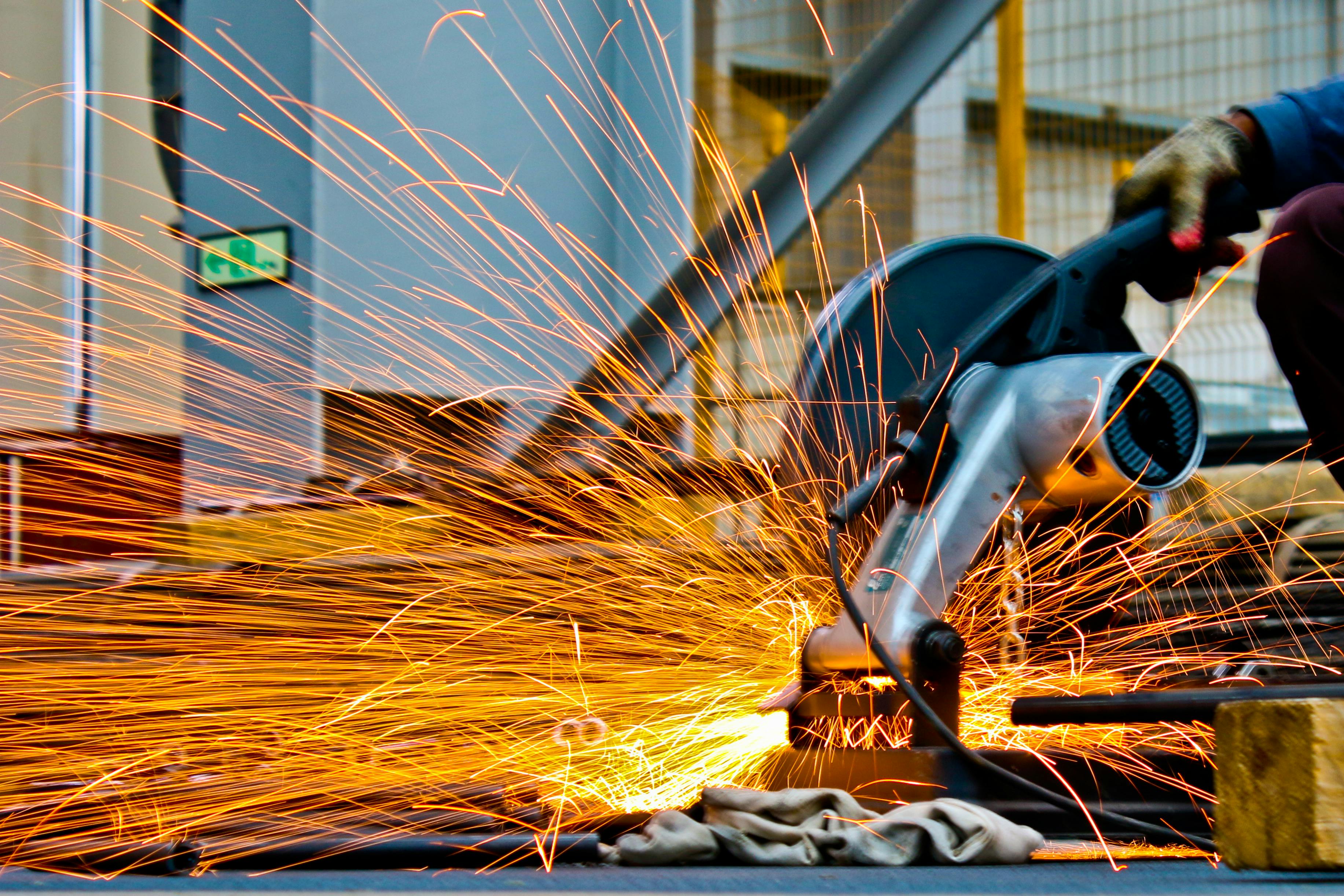Transforming Industrial Growth with Human-Centered Design
Human-centered design (HCD) has been creating waves in numerous sectors, changing how businesses approach product development and service delivery. This approach is now making its mark in the industrial sector, offering an innovative perspective on improving operational efficiency and driving growth. In the industrial context, HCD involves designing processes, systems, and equipment with the end-user in mind.

The Emergence of Human-Centered Design in Industry
Human-centered design originated in the field of product design, with a focus on designing solutions that address human needs and limitations. Its principles were later adopted by the software and service industries. The industrial sector, however, remained largely untouched by this approach until recently.
The shift began with the realization that efficiency and productivity in industrial operations could improve significantly by focusing on the needs and capabilities of the workers. This perspective paved the way for the integration of HCD principles in industrial operations.
Current Trends in Human-Centered Design
The application of human-centered design in the industrial sector is gaining momentum. Industries are becoming more aware of the benefits of designing processes and systems that are intuitive and comfortable for workers.
For example, ergonomics—a key component of HCD—has become a significant consideration in the design of industrial equipment. There is also a growing emphasis on designing systems that are easy to learn and use, reducing the time and cost of training.
Impacts of Human-Centered Design
The incorporation of human-centered design in the industrial sector has multiple benefits. It improves the safety and wellbeing of workers, reduces errors and inefficiencies, and enhances productivity.
On the flip side, implementing HCD can be challenging. It requires a significant shift in mindset and operations, with a focus on empathy and user needs rather than traditional efficiency metrics.
Research-Backed Benefits of Human-Centered Design
Studies have shown that implementing human-centered design can lead to significant benefits. For instance, a study by the Design Management Institute found that companies that integrated HCD achieved a 228% greater return on investment than their non-HCD counterparts.
Another study by McKinsey & Company revealed that businesses that used HCD methods were more successful in innovation and had higher customer satisfaction levels.
Applying Human-Centered Design in Industrial Operations
- Involve workers in the design process: This will ensure that the solutions are tailored to their needs and limitations.
- Implement ergonomics: Design equipment and workspaces that minimize physical strain and maximize efficiency.
- Simplify systems: Make processes simple and intuitive, reducing the need for extensive training.
- Prioritize safety: Ensure that safety is a key consideration in all design decisions.
In summary, human-centered design is a powerful tool for transforming industrial operations. By focusing on the needs and capabilities of the workers, industries can improve efficiency, boost productivity, and enhance worker wellbeing. While the journey towards HCD might be challenging, the potential rewards make it a worthwhile investment.




